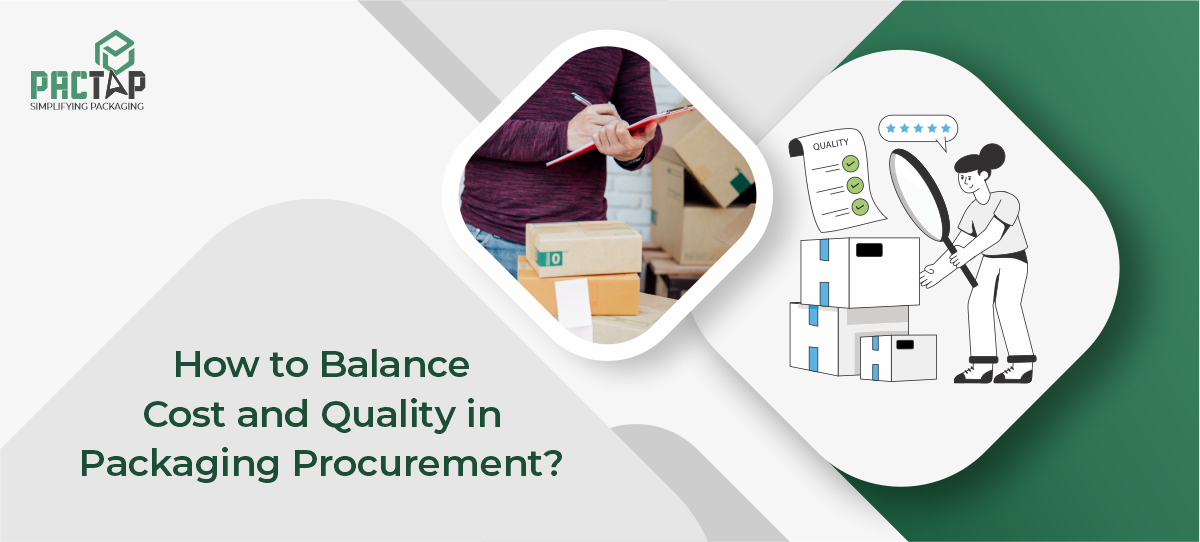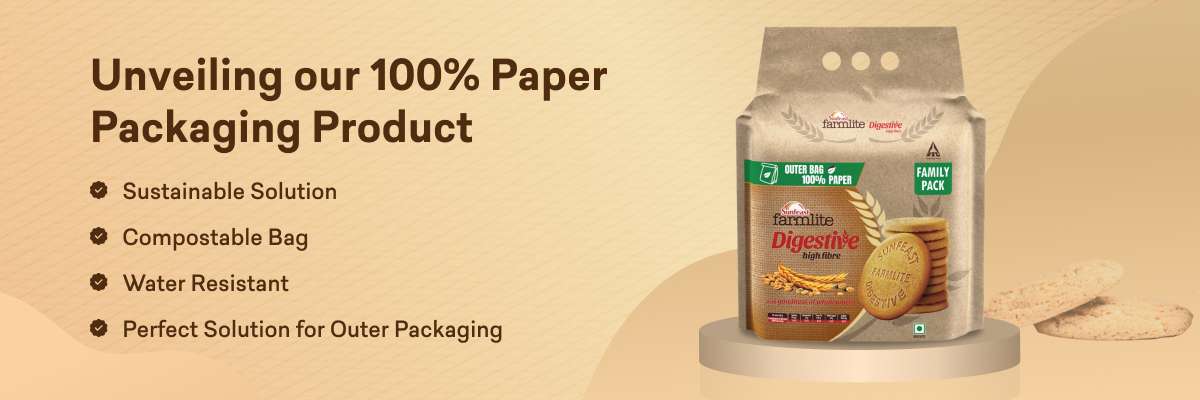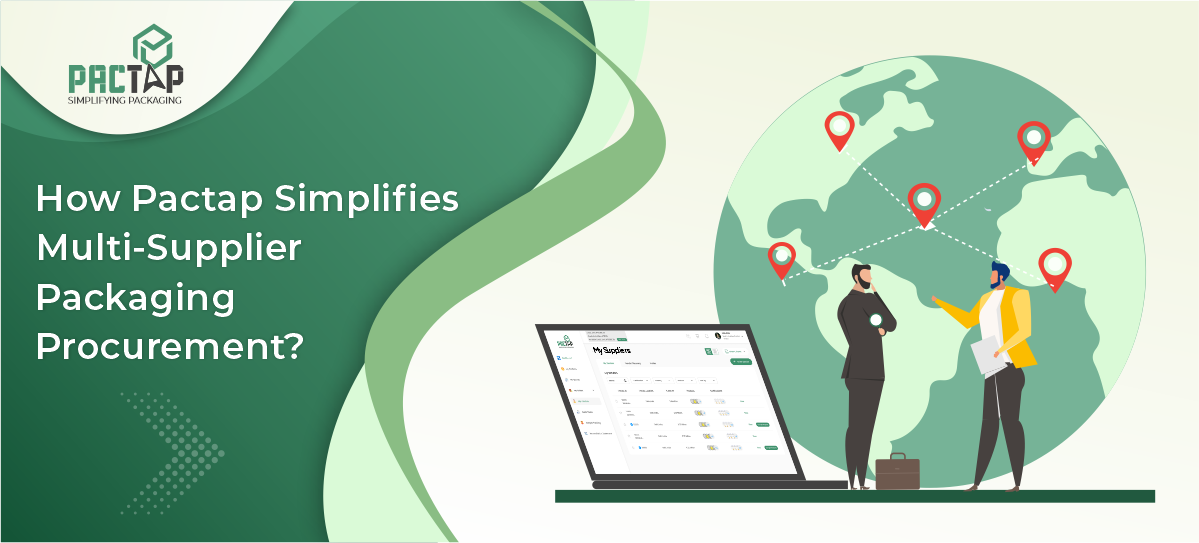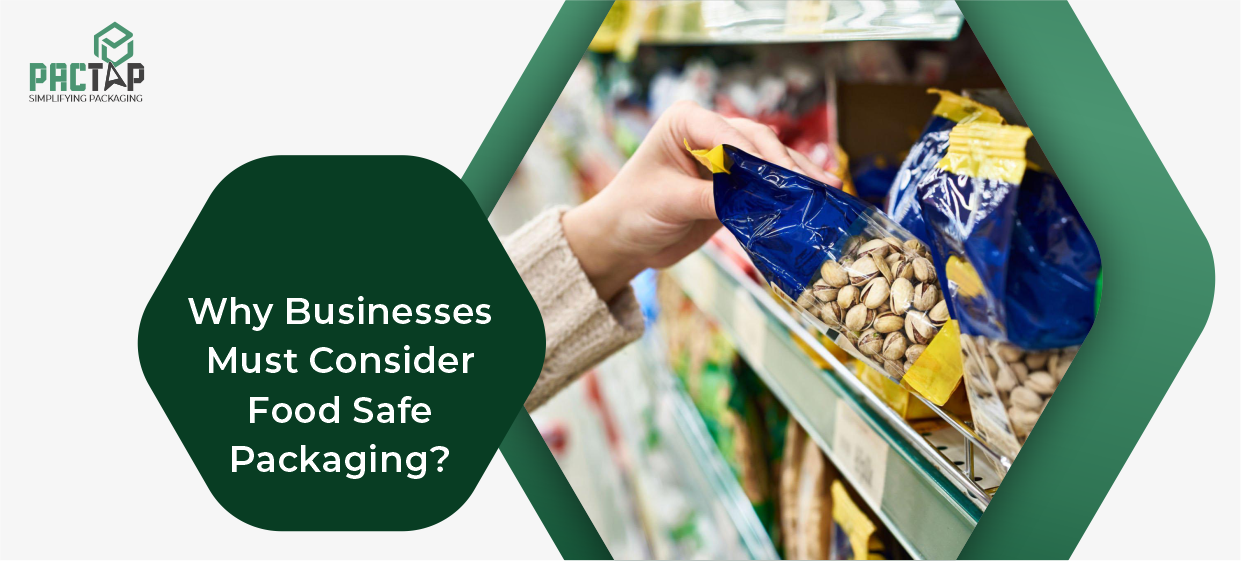Finding the right balance between cost and quality in packaging procurement is one of the biggest challenges facing businesses today. With rising material costs and increasing consumer expectations, companies must make smart decisions that protect their profits while maintaining product integrity. This impacts brand reputation and customer satisfaction.
The key lies in understanding that effective procurement cost reduction strategies focus on total value rather than just initial purchase price.
What are Short-term Initiatives and Quick Wins?
Quick wins in packaging procurement can deliver immediate results for reducing procurement costs while maintaining quality standards. These strategies require minimal investment but can produce significant results within a few months.
Revisit Current Contract Terms
Verify existing packaging agreements that have not been updated within three or more years as part of the procurement cost reduction strategy. Market conditions continue to change, and your current pricing may no longer be competitive. Negotiate with suppliers regarding payment terms. Consider the order frequency to qualify for volume discounts changes. Economic shifts generally create opportunities to renegotiate better terms with existing suppliers.
Challenge Specifications
Ask yourself if the current packaging specifications are essential to reduce procurement costs. Companies that over-specify packaging needs are paying for features they don’t need. Consider the absolute protection requirements of your product in reference to the packaging specification. Work with suppliers to explore alternative materials that meet the desired functions at low costs.
Eliminate Maverick Spending
Maverick spending is unauthorized spending beyond agreed contracts. It is also sometimes referred to as spend leakage or rogue spend. It accounts for a large percentage of all purchases without a centralized purchase-to-pay (P2P) procurement process. This can be a significant challenge to cost-saving initiatives. Visibility from full spend analysis will highlight this uncontrolled spending and allow more automated controls.
Challenge Operational Costs
Poor planning leads to expensive rush orders and high-cost shipping charges that outweigh procurement cost reduction strategies. Improve demand forecasting in order to avoid emergency packaging purchases being more costly than expected orders. Streamline approval processes to shorten lead times and administration costs. Consider shipment consolidation to reduce transportation costs while maintaining adequate inventory stock.
Review Uncompetitive Suppliers
Benchmark your current suppliers against market options. Identify suppliers with uncompetitive prices and negotiate better terms or switch to other cost-effective alternatives. Consolidating your supplier base often leads to better pricing through increased volume commitments. However, at least two suppliers should be maintained to avoid putting the supply at risk.
Use the Data You Have
Analyze purchasing data to find patterns and opportunities for cost savings in procurement. Track what kinds of packaging have the most significant return or damage rate to identify areas that can be improved. Use performance data to spend money on better packaging that is more reasonable in the long term, and offer minimal returns and improved customer satisfaction. Organized data lets you negotiate with factual evidence of your spending patterns and supplier performance.
What are the Medium- and Longer-term Initiatives?
Strategic initiatives require more planning and investment but offer substantial long-term benefits for reducing procurement costs in packaging.
Investigate Outsourcing
Consider outsourcing packaging procurement to specialists who can leverage economies of scale across multiple clients. This works particularly well for standard packaging items where specialists have established supplier relationships and market expertise. Outsourcing can reduce procurement costs while reducing internal resource requirements and potentially accessing better pricing through aggregated purchasing power.
Using Technology
Implement procurement technology solutions to automate repetitive packaging purchases and streamline supplier management for procurement cost reduction. Using data analysis, digital platforms can streamline ordering processes, track supplier efficiency, and discover cost-saving opportunities. Automation saves administration costs and reduces human errors while gaining visibility into spending patterns and uncovering hidden costs in packaging procurement.
Implement Category Management
Group packaging purchases across categories to leverage the total spend and create tailored expertise that supports cost savings in procurement. This strategy lets you focus resources on high-impact categories while simplifying low-value purchases. Category management helps identify opportunities for standardization across product lines that reduce complexity and cut costs while improving supplier relations.
Centralise Procurement
Centralizing packaging procurement provides better visibility into total spend and eliminates duplicate purchases across different departments or locations. The centralization approach allows for global sourcing strategies and stronger supplier partnerships that facilitate procurement cost reduction strategies. Also, centralized analytics tools provide similar advantages even if centralization is not entirely done.
Reduce Procurement Risk
Set up comprehensive risk management plans considering supplier reliability, material availability, and quality consistency. Do not depend on single suppliers for primary packaging. Build relations with backup suppliers and maintain inventory levels to cover supply disruptions. Risk management also includes monitoring market trends and regulatory changes, impacting packaging needs or pricing, and protecting your cost savings in procurement initiatives.
To Conclude!
Balancing cost and quality in packaging procurement requires a comprehensive strategy with simultaneous improvements and strategic long-term plans focused on reducing procurement costs. Understanding your requirements, leveraging data for smarter decisions, and developing strong supplier relations are ideal for success.
The most effective procurement cost reduction strategies focus on total cost of ownership rather than unit pricing, considering damage rates, customer satisfaction, and operating efficiency.
Want to stop juggling spreadsheets and start making data-driven packaging decisions? Pactap is a smart procurement platform that connects you with vetted suppliers, simplifies your sourcing process, and delivers real-time cost insights that turn procurement from a headache into a competitive advantage.





